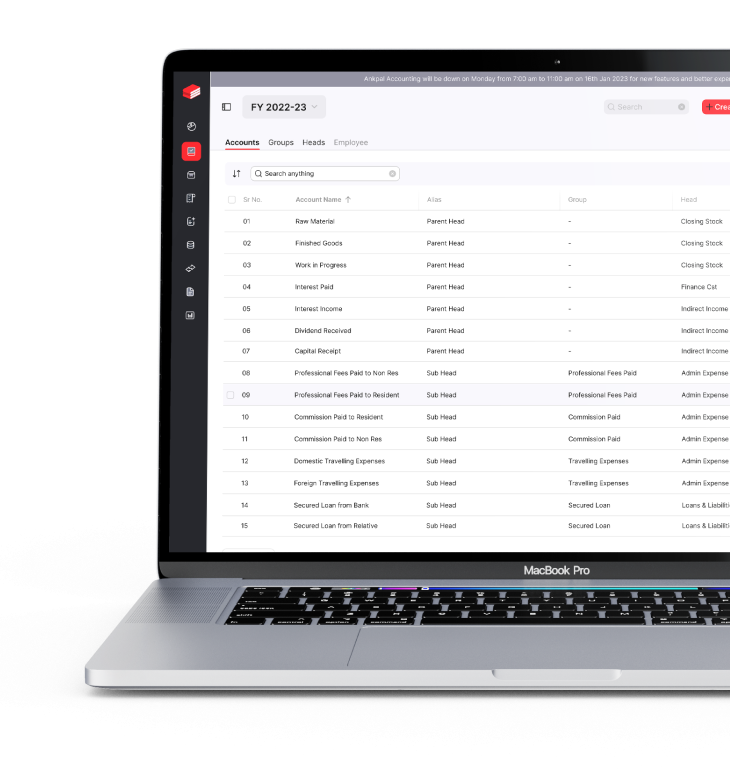
As the end of the year draws near, preparing for the annual audit is important. The audit is a critical process that helps to ensure the accuracy and legitimacy of your company's financial records. It is important to begin preparing for the audit as early as possible to ensure that everything is in order.
What is the year-end close?
The year-end close is finalizing the books for the financial year.
This process includes reconciling all accounts and ensuring that the financial statements are accurate. It is important to ensure that the books are closed properly so that the financial results for the year are accurately reflected. The year-end close is a critical process, and a qualified accountant should do it.
Why is closing so difficult?
The year-end closing process for audit is difficult since it’s time-consuming and complex.
There are many steps involved in closing the books for the year; ensuring that all the transactions are accounted for and properly documented is important. The audit team must also review the financial statements to ensure they are accurate and comply with Generally Accepted Accounting Principles (GAAP).
The closing process can be complicated and can often witness mismatch due to several reasons, including:
Missing receipts and invoices
When closing the books for the financial year, you may encounter some missing receipts and invoices. Sometimes these documents are simply misplaced, but often they have been lost. In either case, you will need to reconstruct them from other sources.
Manual data entry
Manual data entry is the process of entering data manually in spreadsheets by accountants. This method of data entry comes with a lot of problems and challenges. The best alternative is to switch to an audit accounting software, which makes the data entry process smooth and error-free.
Inefficient communication
The year-end closing process for audit can be extremely frustrating for all parties involved. Lack of communication is one of the major causes of this.
Too often, different departments operate in silos, and information is not passed along promptly. This leads to duplicate work, missed deadlines, and wasted time.
How to make Audit process easier
To make the year-end closing process for audit easier, follow these tips:
1. Make a list of all the transactions that need to be included in the year-end closing process.
2. Organize your transactions by date and type.
3. Calculate your totals and make sure they match your records.
4. Label your files clearly and store them in a safe place.
5. Review your work carefully and correct any errors.
6. Send your files to your accountant or bookkeeper for review.
7. Celebrate once it's all over!
Your year-end accounting checklist
Here is a checklist of the year-end closing process for audit. Make sure you complete each step to ensure a smooth closing process.
1. Make a list of all the outstanding invoices and payments.
2. Reconcile your bank statements and credit card statements.
3. Create an aging report of all your accounts receivable.
4. Post all the journal entries for the year.
5. Calculate your taxes and submit your tax forms.
6. Balance your general ledger and post your closing entries.
7. Review all your financial statements and make any necessary corrections.
8. Document your financial records for the year.
Advance your accounting for the upcoming year
You’re all set for a great start for the next accounting year if you follow the above checklist rigorously. The year-end closing process is not as difficult as it seems if accountants work systematically.
With Ankpal’s best accounting software for CA, the year-end closing process will be immaculate, organized and error-free, reducing the multitasking stress of chartered accountants.
The cloud-based accounting software is designed to eliminate any discrepancies and make accounting free of errors.
Conclusion
At the end of the year, your business needs to complete a number of tasks to prepare for its annual audit. The most important of these tasks is the year-end closing process.
This process involves reconciling your company's financial accounts and preparing accurate financial statements. It's a complex process, so switching to cloud-based accounting software is a wise option to reduce errors and accounting intricacies.








